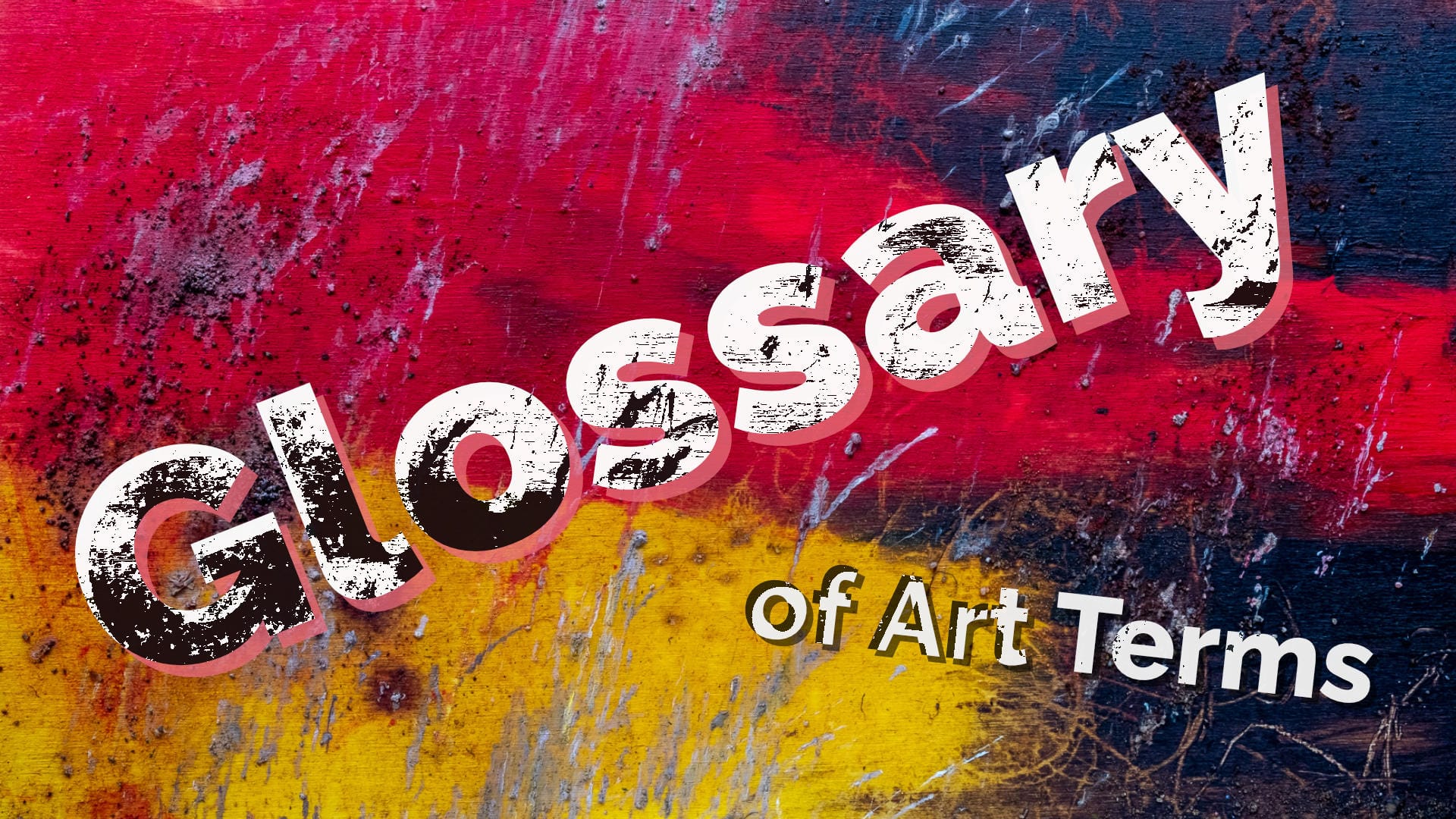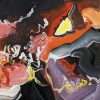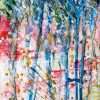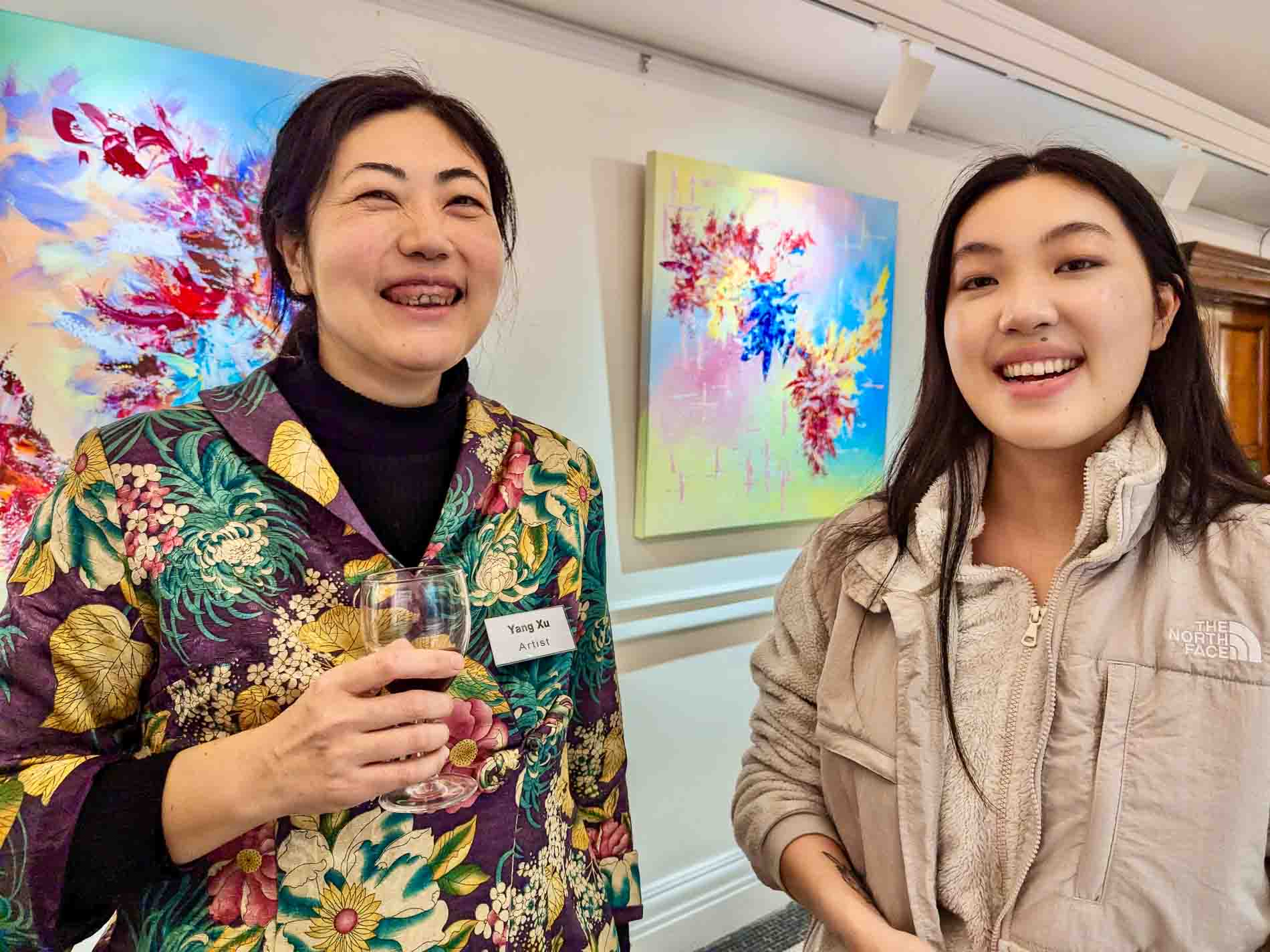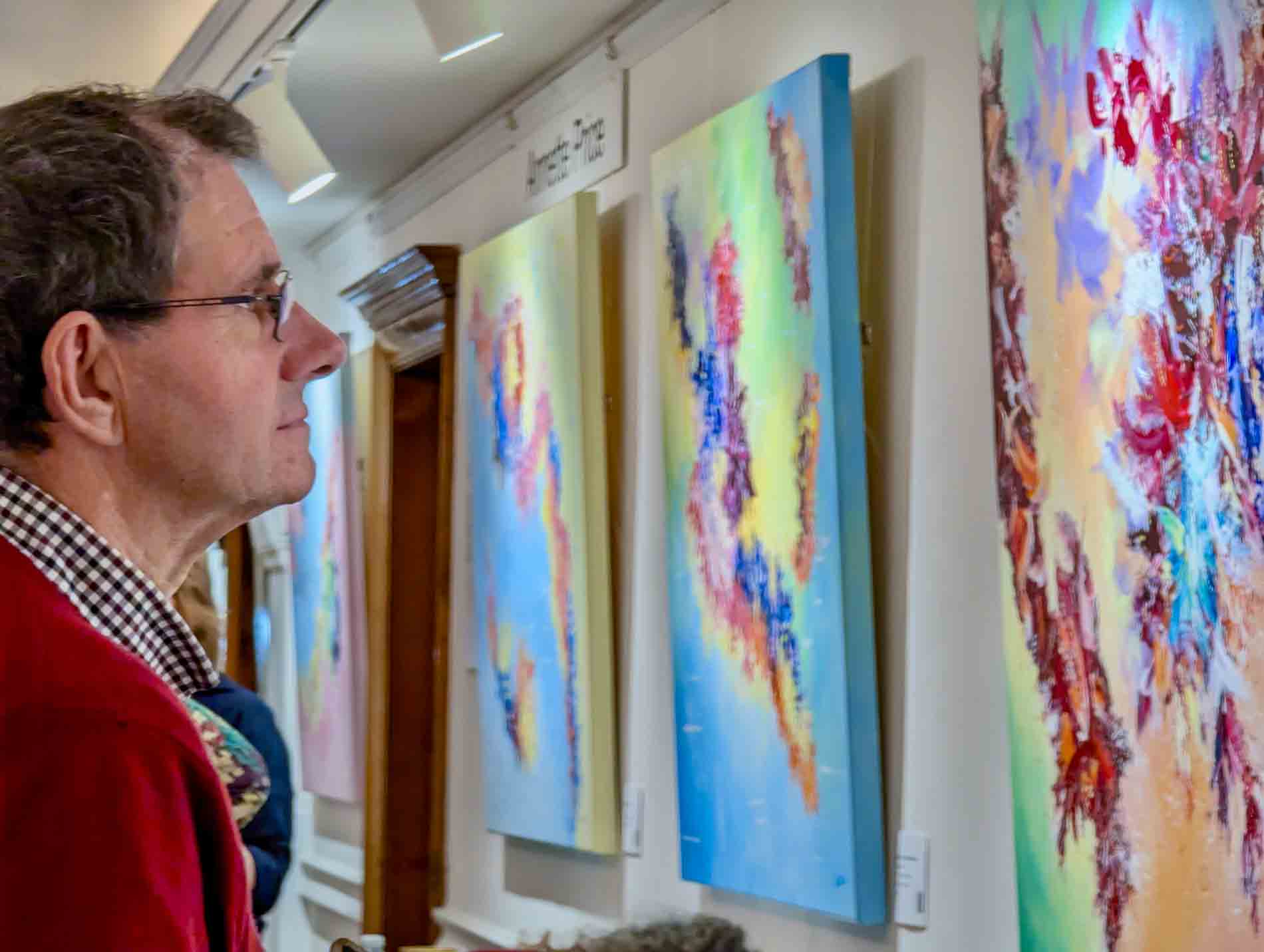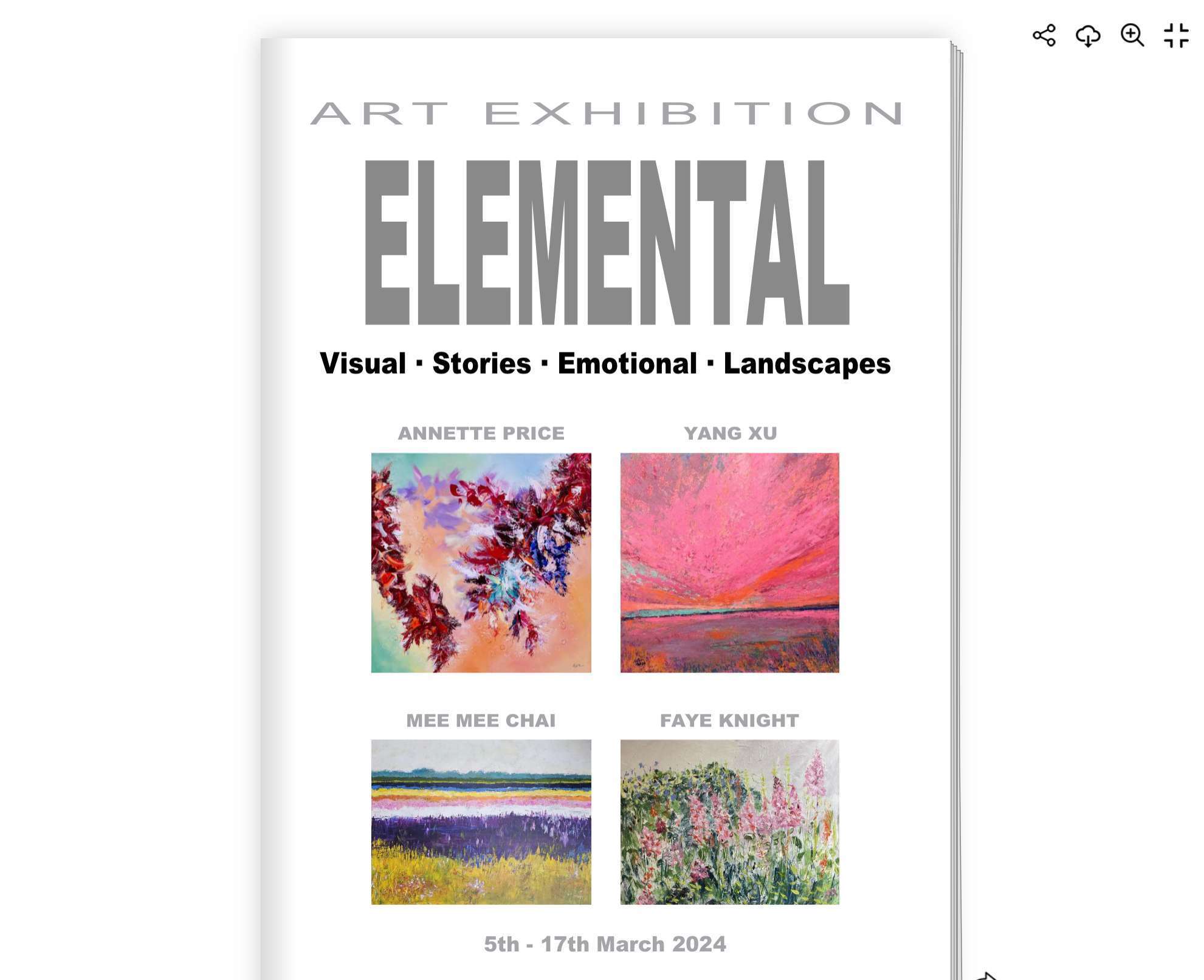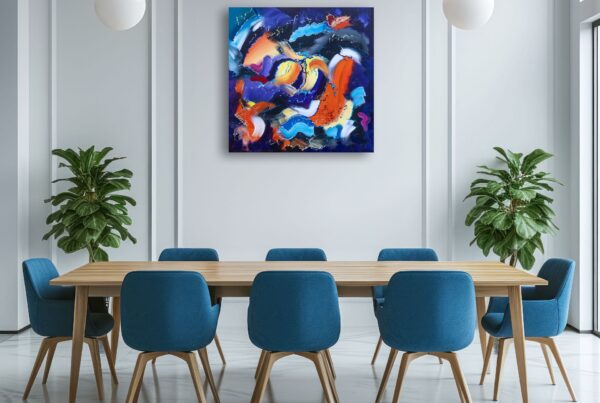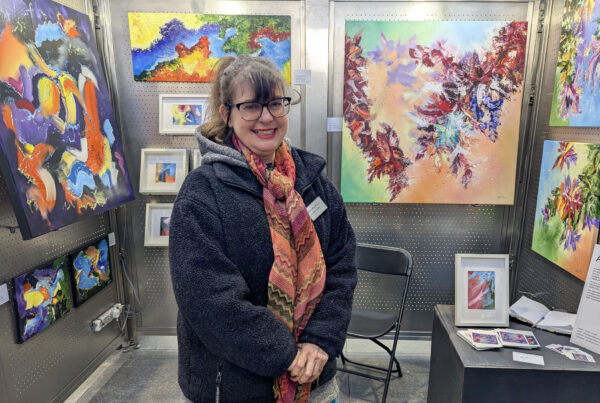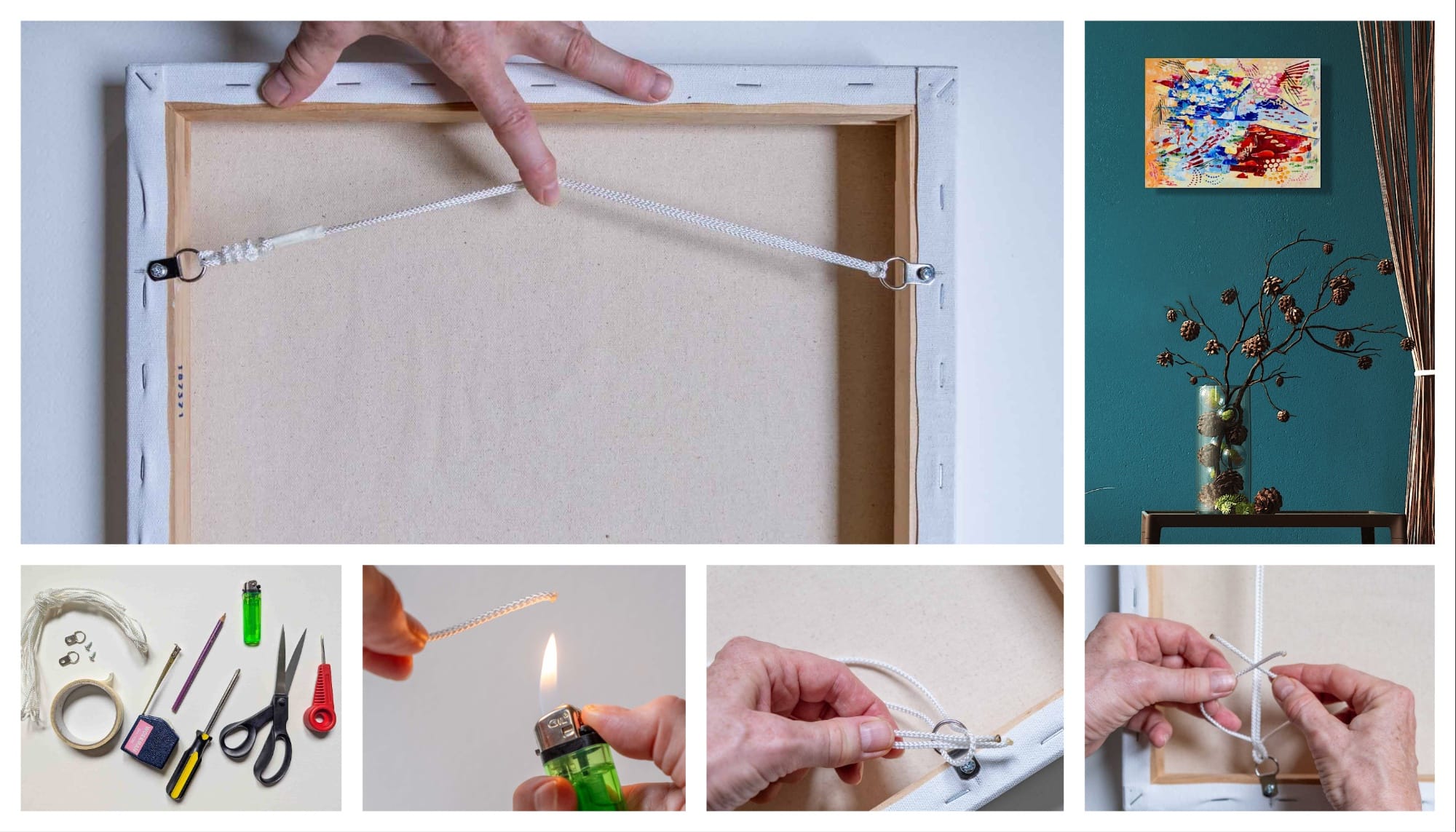If you are new to discussing or buying art, this Glossary of Art Terms provides straightforward explanations of art concepts, materials and techniques. Whether you’re chatting about a recent find or considering commissioning artwork for your workspace, this resource is designed to clarify queries regarding art terminology.
- Abstract Art
- Abstract art is a genre that emphasises shapes, colours, and forms rather than depicting recognisable objects or scenes. It seeks to express emotions and ideas through non-representational means, allowing viewers to interpret the work subjectively.
This art form often breaks away from traditional artistic conventions, focusing on the subject’s essence rather than its literal appearance.
Prominent movements in abstract art include Abstract Expressionism and Cubism, which have significantly influenced modern art.
Visit the TATE website for a brief history of Abstract Art.
- Acid Free
- Good quality art supplies such as watercolour papers and matting boards are labeled as acid-free. Most paper and cardboard produced contains acid, which can lead to deterioration and aging, especially when exposed to heat and light. This poses challenges for the creation, preservation, and exhibition of artwork. However, manufacturers can neutralize the natural acids found in wood pulp during production to avoid these issues. Art materials marked as Acid Free are designed to be archival, meaning they will last for many years if looked after properly.
- Acrylic Paint
- A fast-drying paint made from pigment suspended in acrylic polymer emulsion. Acrylics can be diluted with water but become water-resistant when dry. They have a vibrant colour range and can be thick enough to apply with pallet knives to produce texture but can also be mixed with a pouring medium to make a more fluid consistency for use with paint pouring, applying washes and other creative techniques.
- Archival
- “Archival” refers to materials or practices related to the preservation and storage of artworks.
Archival Materials: These are materials that are acid-free, lignin-free, and designed to resist fading, yellowing, or deteriorating over time. For example, archival paper, canvas, inks, and adhesives are used to ensure that the artwork remains stable and does not suffer from environmental damage.
Archival Framing: This refers to the use of archival-quality materials for the matting, backing, and glazing when framing artwork. The purpose is to protect the artwork from exposure to light, humidity, pollutants, and other factors that could cause damage over time.
Archival Storage: This involves storing artwork in conditions that prevent damage, such as controlling temperature and humidity, and using archival-quality storage materials such as acid-free boxes and portfolios. Proper storage is crucial for the preservation of artworks, especially those made with delicate or light-sensitive materials.
Archival Prints: Archival prints are produced using high-quality, fade-resistant inks and papers. These prints are made to last for many years without significant colour shifts or degradation.
- Chiaroscuro
- The Italian phrase ‘Chiaroscuro’ means “light-dark” and refers to the interplay of light and shadow that produces striking contrasts in visual art, such as in paintings and photographs.
- Composition
- Composition refers to how visual elements are arranged within an artwork. It involves the organisation of artistic components such as line, shape, colour, value, texture, form, and space. These elements work together to provide structure to the artwork and express the artist’s intentions.
Composition is not the same thing as subject matter. Every artwork, whether abstract or representational, possesses its own composition. Effective composition is crucial for a painting’s success. When executed well, it captivates viewers and guides their gaze throughout the piece ultimately focusing on the primary subject.
- Diptych
- A piece of art consisting of two canvases or panels, which are displayed close to each other. They often have one composition that flows from one canvas to the next.
- Figurative Art
- Art that represents real-world objects or figures, often focusing on the human form. Unlike abstract art, figurative art seeks to depict recognizable subjects.
- Gesso
- Gesso resembles white acrylic paint but has a thinner consistency. Once it dries, it creates a firm surface adding rigidity. Gesso is used to prepare or prime the painting surface, giving it a slight texture that helps acrylic paint adhere better. If gesso were not applied, the paint would be absorbed into the canvas’s fibres.
- Hooks and Wires
- A flexible means of attaching artwork to a wall without using nails or screws.
A rail or wooden skirting board is required to hang wires from. A moulding hook attaches to the rail and wires serve to link the rail to adjustable hooks that support your artwork. D-rings attached to the back of paintings, slip over the hooks.
This offers a quick way to hang a gallery style presentation and is ideal for anyone wishing to change their display of artworks regularly. Hooks and wires are often used by commercial galleries and exhibition spaces.
- Lignin Free
- Lignin is a component found in wood pulp, which acts as a binding agent for the fibres. It increases the acidity of paper, leading to brittleness and yellowing over time, as seen in newspapers.
Lignin-free paper remains acid-free for an extended period, resulting in greater durability of paper and card based materials.
Eliminating lignin is an expensive procedure, but essential for artists materials such as watercolour papers and matting boards.
- Matting
- Picture matting refers to the process of placing a border or a ‘mat’ (usually made of cardboard) around a photograph, painting, or artwork before framing it. The mat serves both aesthetic and protective purposes.
1. Aesthetic Purposes:
• Framing Enhancement: A mat creates a visual space between the artwork and the frame, enhancing the presentation and drawing attention to the artwork itself.
• Colour Coordination: Mats are available in various colours and textures, allowing the mat to complement or contrast with the artwork, thus improving its overall appearance.
• Size Adjustment: Mats can help resize the artwork to fit a specific frame, especially if the artwork does not conform to standard frame sizes.
2. Protective Purposes:
• Preventing Contact: The mat keeps the artwork from directly touching the glass of the frame. This prevents condensation or other factors from damaging the artwork over time.
• Preservation: Archival-quality mats, made from acid-free materials, help preserve the artwork by preventing discolouration and deterioration that can occur with exposure to certain chemicals or environmental factors.
- Mixed-Media
- Mixed media is an art technique that involves using two or more different artistic materials or media in a single artwork. The combination of these materials can create a richer texture, more complex visual effects, and a greater range of expression compared to using just one medium.
For example: Combining acrylic paint with charcoal, ink, or pastels on the same canvas.
- Palette
- There are two different but related meanings:
1. A flat surface used by artists to mix and hold paints while working.
2. Describes the range of colours used in a particular artwork or by an artist in general.
- Perspective
- A technique used in drawing and painting to create the illusion of depth and three-dimensional space on a flat surface. Linear perspective uses vanishing points, while atmospheric perspective relies on colour and clarity.
- Picture Hanging Cord
- A specialised cord designed for hanging art pieces. It exhibits minimal stretch and maintains its tautness over time. Available in various widths and strengths, for example; a 1.5 mm wide cord can generally hold artwork weighing up to 20 kg.
- Picture Plates (also known as Mirror Plates)
- Picture Plates are fixtures designed to firmly mount picture frames and mirrors onto walls or inclined surfaces. They ensure a strong hold, making them perfect for showcasing artwork in public areas. Typically, two Picture Plates are required for each piece of art.
- Rabbet Depth
- In the world of picture framing, rabbet depth refers to the distance from the front edge of the frame’s inner lip (the part you see from the front) to the bottom of the groove or recess cut into the back of the frame. This groove, known as the rabbet, is where all the components of your frame sandwich fit snugly, including the glass, mountboard, artwork, and backing board.
Why does rabbet depth matter?
Think of rabbet depth as the frame’s “storage space.” If it’s too shallow, you’ll struggle to fit all the layers neatly, risking damage to your artwork or an insecure fit. Conversely, a deeper rabbet provides more room for thicker materials, such as stacked mounts or foam board.
For example, if you’re framing a delicate watercolour with a single mount and standard glass, a shallow rabbet might suffice. But for a cherished oil painting or a multi-layered mixed-media painting, you’ll need a deeper rabbet to accommodate the extra thickness.
In short, rabbet depth is the unsung hero of picture framing, ensuring everything fits beautifully and stays protected for years to come!
- Realism
- An artistic style that aims to represent subjects as they appear in real life, with attention to detail and accuracy. Realism often contrasts with more stylised or abstract forms of art.
- Sfumato
- An Italian term meaning “smoked.” It describes a painting technique where colours and tones are blended subtly, without harsh outlines, to create a soft, gradual transition between light and shadow.
- Stretched Canvas
- A heavy-duty fabric, usually made of cotton or linen, stretched over a wooden frame, used as a surface for painting. Artists commonly use canvases for oil and acrylic painting.
- Texture
- Texture in paintings adds depth, interest, and emotional impact, making the artwork more engaging and dynamic. Texture can evoke a sensory response, draw attention to specific areas, and create contrasts that enhance the overall composition.
Different Ways of Creating Texture in a Painting:
• Brush Techniques: Brush strokes can be used to create texture. For example, short, choppy strokes will produce a rough texture, while long, smooth strokes can produce a silky finish.
• Impasto: This technique involves applying thick layers of paint to create a raised surface. Brush or pallet knife strokes are usually highly pronounced. Vincent van Gogh famously used impasto to give his paintings a dynamic, almost sculptural quality.
• Collage: Materials such as fabric, paper, and sand can be incorporated into paintings to create physical texture.
• Sgraffito: The term sgraffito comes from the Italian word sgraffire, which literally means “to scratch.” This method involves painting one or more layers of paint onto a canvas or other surface, letting it dry, then painting over it again in a different colour. Areas of the wet paint are then scratched off to reveal the dry paint beneath, allowing the under-painting to show through in places and creating a textured surface. It can add complexity, contrast and depth to a painting.
• Palette Knife: A palette knife can be used instead of a brush to apply paint thickly or scrape it away, creating a variety of textures, from smooth, flat areas to rough, ridged surfaces.
• Mixed Media: Different materials can be combined, such as paint, charcoal, pastels, and even found objects, to create varied textures within a single artwork. This can create physical layers of interesting texture.
• Layering and Glazing: Building up multiple layers of paint can create texture through the thickness of the paint itself or by revealing different layers through transparent or semi-transparent glazes.
- Triptych
- A piece of art consisting of three canvases or panels, which are displayed close to each other. They usually have one composition that flows across all three canvases.
- Underpainting
- An initial layer of paint applied to a canvas or panel that serves as a base for subsequent layers. The underpainting can be used to create physical texture to be painted over, or colours can be laid down to establish the tonal values of the final composition.
- Varnish
- A transparent protective finish applied to paintings after they are completed. Varnish can enhance the vibrancy of colours and protect the artwork from dust, light, and moisture. Different varnishes are available with a variety of properties that can affect the look of the final paintings and type of protection provided.
1. Protection:
• Dust and Dirt: Varnish acts as a protective layer against dust, dirt, and pollutants that can settle on the surface of the painting and make cleaning the painting easier.
• Moisture: Varnish provides a barrier against moisture, which can cause damage to the paint layers and the substrate (e.g., canvas, wood).
• UV Protection: Some varnishes include UV inhibitors, which help prevent colours from fading due to exposure to sunlight.
2. Visual Enhancement:
• Colour Saturation: Glossy Varnishes enhance the richness and depth of colours, making them appear more vibrant and unified.
• Even Surface Finish: Varnishes create a consistent finish across the painting, whether glossy, matte, or somewhere in between, reducing the appearance of uneven glossiness that can occur as paint dries.
• Prevent Reflections: Mat varnishes prevent reflections and specular highlights appearing on the paintings. This is useful for paintings that are lit with artificial lighting, particularly spot lights.
• Creative Effect: High-gloss varnish looks shiny and wet, while mat varnish looks bone-dry. These properties can be used for pictorial effect within a painting.
3. Preservation:
• Reversibility: Some varnishes are designed to be removable, allowing conservators to clean the painting in the future without damaging the underlying paint layers. They can remove the varnish and apply a new one if needed.
• Longevity: By protecting the painting from environmental factors and physical wear, varnish helps extend the lifespan of the artwork.
- Wash
- A technique in painting where a layer of diluted paint or ink is applied to create a transparent effect. Washes are often used in watercolour painting to build up layers of colour, they are also used when working with acrylics or oils to build luminosity and depth.
- Watercolour
- A type of paint made with pigments suspended in a water-based solution. Watercolours are known for their transparency and are best used on heavyweight watercolour papers. Watercolour paints can create soft washes or be built up in layers for more intensity. They are capable of producing both very strong colour and soft subtle ‘watery’ effects.

